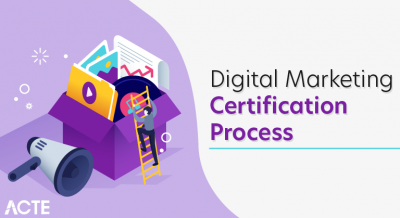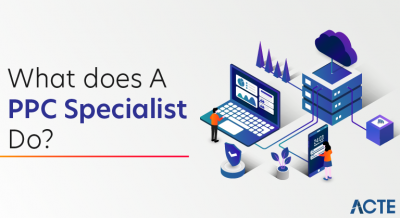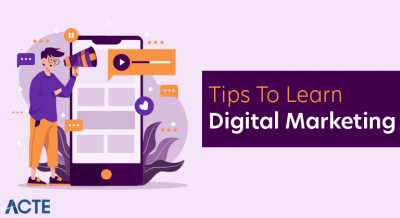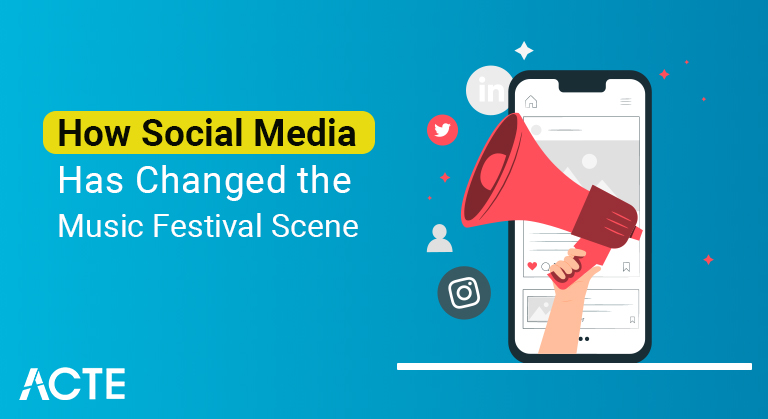
Social Media platforms have given musicians more control over the distribution of their music and through the use of services such as Bandcamp, many artists now have the option to bypass the industry conventions completely.
- How Social Media Has Changed the Music Festival Scene
- How social media set the music festival trend in the first place
- Social Media make festivals great – for everyone
- Social Media can build buzz, interaction, and connectivity
- Social Media have brought all kinds of brands to music festivals
- Social Media is great at FOMO/li>
- How Social Media is Changing the Music Festival Scene
- Then vs Now
- Benefits of social media
- Conclusion
- The music business doesn’t shy away from adopting new technology. Radio took quality music out of concert halls and into people’s homes, TV made visuals as important as sound to the musical experience, and the digital medium gave bathroom singers a platform to showcase their talents. or lack thereof.
- Due to which the craze of the music festival increased.
- But the music industry is still going strong, embracing technologies that once disrupted their business, and creating new forms of entertainment in the process. The file-sharing of music on social media has almost paralyzed the industry – but the industry is holding back.
How Social Media Has Changed the Music Festival Scene:
Music festivals are happening more than ever. Music festivals were attended by 10 million people in 1969 – the same year as Woodstock, while an incredible 32 million people attended concerts in 2015! The number is still increasing. But what causes this explosion in appearance? Why are music festivals so much more popular today than they were 40 years ago?
Two words: Social Media.
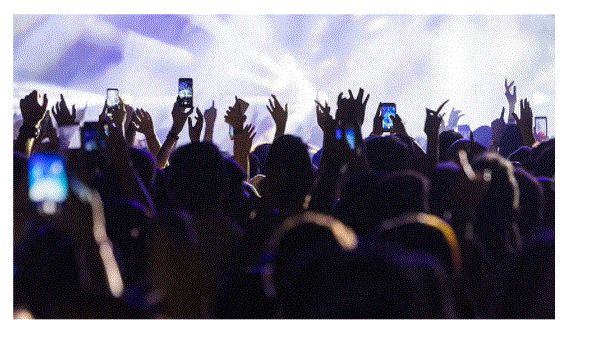
How social media set the music festival trend in the first place:
Industry executives once thought that the rise of social media would mean fewer music lovers would attend outdoor gatherings. They couldn’t be more wrong. The impact of social media has been tremendous. These days, what music lovers want above anything else is a unique experience that cannot be downloaded from the internet. And what’s more – they are willing to pay for it.
In 2014, the five largest American music festivals generated a total of $183 million in ticket sales—not including revenue from sponsorships, merchandise, and food and beverage sales. Coachella earned $78 million in 2014 and $84 million in 2015.
Why is the number of festivals increasing after decades of slow growth? It’s because of the same technology the music industry feared – social media.
- Most people like to be together and have a good time – but often not in the same way. Some people like to chat in pubs, others like movies, and some like to dance.
- If dancing to EDM is your favorite thing in the world, festivals can plan a dance floor to surround the stage while The Weeknd gets rocked out.This analysis happens even before you get there – many festivals let people sign in to their Facebook pages to buy tickets, and the algorithm is underway.
- These algorithms can tell whether you’re going with a small group or a large group, whether you have the same taste in music as your friends, and whether your favorite brand is orange juice. Once the festivals know what you need, they can tell you about it.
- Coachella monitors Instagram posts and sometimes responds to posters with suggestions for shows or food based on their location on the festival grounds. Other festivals plan their crowd control around real-time Twitter insights and send organizers to help spot unexpectedly popular performances.
Social Media make festivals great – for everyone:
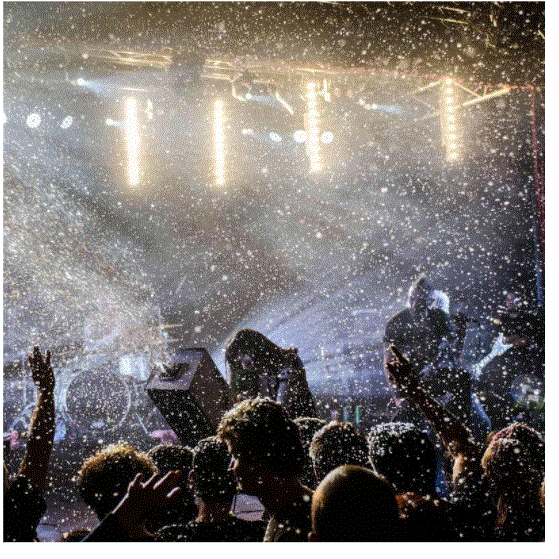
- Jeff Cuellar, Vice President of AC Entertainment, the organizer of Bonnaroo, says that social media has made it much easier for customers to understand. His team can now use GPS coordinates from tagged photos to learn what attendees are seeing. That’s why they’ve stopped asking the regular ‘What show did you watch’ questions on customer surveys, and instead ask ‘Do you like Tabasco sauce on your tacos?’ Ask weird questions like? They use these answers to promote a free product giveaway and set up fun games. To increase audience engagement.
- South by Southwest was one of the first to ask people to share their experiences on Twitter using the hashtag. #SXSW became the number one hashtag on Twitter for the duration of the festival. Lost in the crowd, attendees used it to search for information, food, and each other. Millions of people first heard about the festival via Twitter – and record numbers bought tickets the following year.
Social Media can build buzz, interaction, and connectivity:
- Music festivals today have more than 175 different acts, uncountable food stalls, and ‘stand only’, ‘camp-out’ and ‘dance floor’ venues. Metal bands, pop stars and indie-rock artists feature in the same festival. Having so many different types of acts in one place may seem like an exaggeration, but it’s great for business, as brands can tailor their ads to different demographics.
- South by Southwest uses social media to track incidents by gender distribution. This is great for brands, because even though only 500 people turn up to attend the Yngwie Malmsteen show—if they’re all women, brands can pitch their products to a highly targeted group.
- If indie-music fans Snapchat photos in colorful clothes, the brand will know exactly where to sell Hawaiian shirts next year. Social media can increase the revenue generated by artists, brands and organizers – and make festivals really fun for customers.
Social Media have brought all kinds of brands to music festivals:
- Every year millions of people look south to southwest – even those who aren’t visiting! First, the #The SXSW hashtag created so much buzz that people everywhere used it to tweet about the artists and performances.
- A lot of people said they would attend #SXSW next year because they had ‘FOMO’ – the fear of missing out. Festivals know this, and every year release color videos on Youtube just before their launch dates, and brands release free giveaway videos to raise the FOMO quotient.
Social Media is great at FOMO:
- Music festival season is upon us! With the 17th annual music and arts festival, Splendor in the Grass, sold out in minutes, it’s safe to say that social media has played a key role in its growing popularity and success over the past 17 years.
- As a music lover and regular festival-goer, I wanted to examine the impact of social media on the music festival industry and how it has facilitated change in audience engagement and participation. With new spending in digital media and technology, I’ll examine how these changes have affected the industry and the major players involved. Social media, crowdsourcing and new media issues will be further investigated to see how they are affecting the music festival scene and its attendees.
How Social Media is Changing the Music Festival Scene:
- In Social Media and Everyday Politics, Tim Highfield describes ‘social media’ as a representation of a moment in time. This includes blogs, blogging platforms, social network sites such as Facebook, content sharing sites and apps such as YouTube and Instagram, forums and communities such as Reddit (Highfield, 2016 p.5-6).
- Before these social media platforms existed, the only way to hear about festivals was through newspapers, posters and word of mouth. A lot has changed since those days as social media has allowed event organizers to promote and market their events more strategically and have a greater financial impact.
- The advancement of technology has allowed us to drastically change the way we communicate with each other. This change in society can be defined as techno-social hybridity. It refers to “the entanglement and mutual shaping of technologies, social practices, and people” (Sauter, A. 2014).
- With the help of social media and technological advancements, festival promoters now have the opportunity to listen and engage with their fans and audience in more ways than ever before. As with social media platforms like Facebook, Twitter, Snapchat, and Instagram, these principles can help determine what’s on trend and what attendees are willing to pay. With these technological advancements, the music festival industry can now work with its audience to make it more than just a festival, but an experience to remember and share.
Then vs Now:
Music festivals are more popular than ever. About 10 million people attended concerts in the 1960s, while more than 32 million people attended concerts in 2015, the number of which is still increasing (Reddy, S., 2016). So what is causing this explosion in appearance?
Social media!
- The benefits of having social media and having such a large audience are gaining visibility and attention. These social media applications encourage people to compete for social benefits by increasing visibility and attention.
- To promote social status, professionals adopt self-consciously constructed individuals and market themselves to an audience or fan base, like brands or celebrities.
- These individuals are highly edited, controlled and monitored, consistent with business ideas that dictate ‘safe for work’ self-presentation (Marwick, 2013, p. 5). These social changes have influenced changes in the social construction of technology, people or in this case festivals.
- Using social media and its new platforms, audiences can have both a positive and an adverse impact on the industry. Social media applications encourage people to compete for social benefits by gaining visibility and attention.
- To promote social status, professionals adopt self-consciously constructed individuals and market themselves to an audience or fan base, like brands or celebrities. These individuals are highly edited, controlled and monitored, consistent with business ideas that dictate ‘safe for work’ self-presentation (Marwick, 2013, p. 5). These social changes have benefited the industry and more celebrities have supported and promoted the festivals, making the job much easier for the promoters.
Benefits of social media:
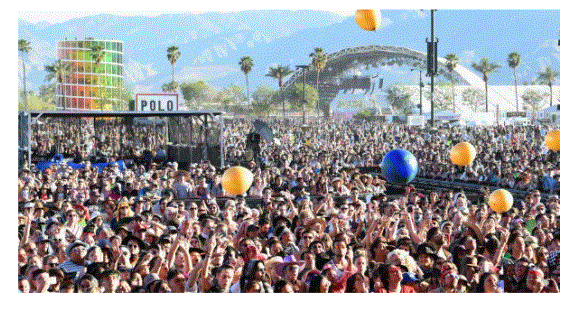
- By combining data on social media use with online music consumption data, we have been able to demonstrate the emergence of a close relationship between the domains of live and recorded music in our time. First, this research confirms the notion that a festival.
- The performance generates exposure through micro-blogging (Twitter) and enhanced listening to music-streaming services (Wimp). Particularly interesting is the fact that local artists particularly benefit from this interaction, both live and recorded; Our findings suggest that live events are a unique opportunity for exposure to local artists, who are otherwise immersed in a growing sea of recordings.
- It is an interesting contribution to the ongoing discussions about the impact of international headliners and hits on contemporary music culture (and local subcultures).
- Our study also highlights the challenges faced by medium international artists who seek audiences by touring the increasingly international arena of concerts but struggle to connect with local audiences.
- However, a key point from our study is encouraging all artist groups—what actually happens on stage and at the moment of the event still feels very important, as reflected in the signs of a good Twitter appraisal’s positive impact.
- Is. Post-Event Streaming (Streaming Tail). This suggests that the quality of the live experience will most likely also result from the consumption of recorded music. On a more general level, festival-related activity of viewers on streaming platforms and social media refers to the ways in which a live event extends far beyond the here and now of the actual concert or festival venue.
- Music and media are closely related when audiences use their mobile phones to prepare and process events, document and communicate on online platforms before, during and after (Cejas and Danielson, 2014).
Conclusion:

